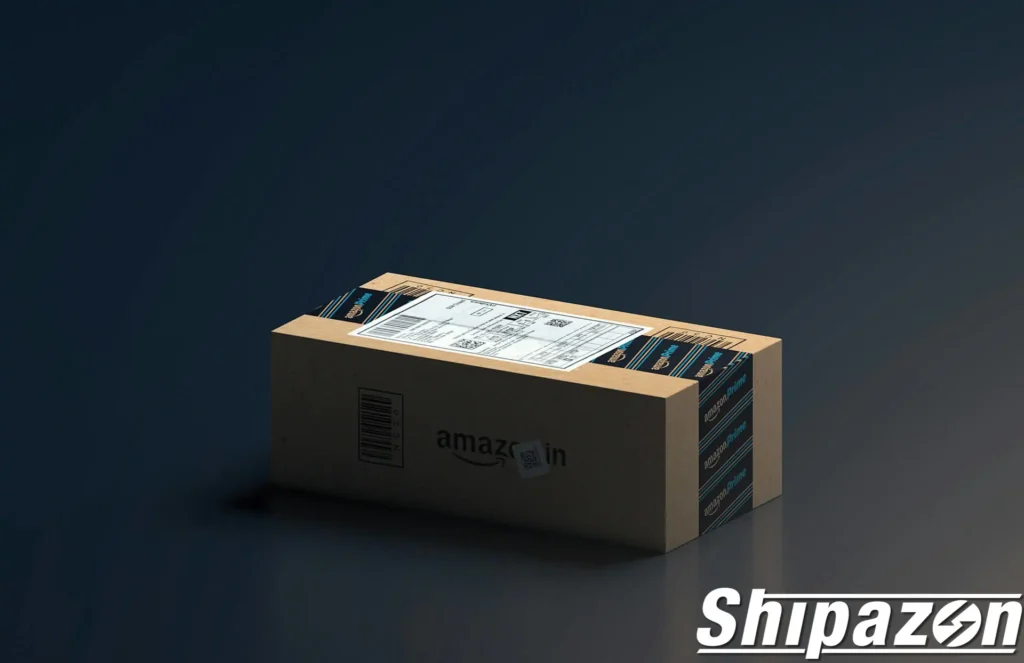By using Amazon FBA, online sellers can save time and effort by allowing the entire fulfillment process and logistics to be completed by Amazon. This provides sellers with a plethora of resources with which they can grow their e-commerce business, with FBA’s infrastructure and efficient, reliable logistics. So, what does an Amazon FBA step by step guide look like?
Fulfillment by Amazon (FBA), allows sellers to store their products in Amazon distribution centers. Amazon then takes care of the packaging, shipping, and customer service. Sellers simply send their product inventory to one of Amazon’s fulfillment warehouses around the world, and Amazon manages the entire fulfillment process.
Amazon takes care of all aspects of order fulfillment including efficiently picking items from the warehouse, securely packaging, and shipping the products straight to the customer. A major benefit for sellers using Amazon FBA is that it allows them to sell via a fast shipping option to customers, including free overnight shipping to Amazon Prime members.
This promise is very attractive for buyers making it a significant advantage for sellers as well. Sellers also do not have to manage the logistics and customer service side of shipping, thereby allowing sellers to focus more on business development, marketing, etc. This is also beneficial as they seek to reach new customers globally more efficiently. A benefit is the simplicity of exporting products, allowing sellers from the country to access international markets without needing a complex logistics network.
Amazon FBA Step by Step Guide
Step 1: Create a Seller Account
The first step to starting a business using Amazon FBA is to create a seller account on Amazon Seller Central. At this step, you will be asked to choose the seller account that meets the needs of your business. There are two types of seller accounts, Individual and Professional.
Professional accounts are typically chosen by sellers with high sales volumes because they offer a more efficient fixed monthly fee for large transactions. Individual accounts are more ideal for low-volume sellers who want to avoid fixed fees.
Step 2: Conduct Product Research
Once your account is active, the next step is to conduct in-depth product research. This research will assist in identifying products that appear to have good market potential and profitable profit margins.
Step 3: Ensure Compliance and Prepare Inventory
Additionally, you want to make sure your products are sold in compliance with the policies and regulations from Amazon to prevent any issues with selling. Once selecting the products, you will want to prepare for inventory, including making sure the product quality and packaging meet Amazon FBA’s high standards for safe acceptance and proper storage in their warehouse.
Step 4: Create Product Listings
From there, you will next create the listing on Amazon through Seller Central. This is the process of providing complete information, such as a product title, an appealing and informative product description, a competitive price, and product images that are clear and high quality. The inclusion of relevant keywords in the product description is essential for helping buyers find your product the Amazon marketplace.
Step 5: Activate Fulfillment by Amazon
Following that, you need to turn on the Fulfillment by Amazon service on the product listing, which is a simple click on the available options. Once it is turned on, you will be taken to the area to arrange for product stock to be sent to an Amazon warehouse, such as how many units you want to send to their distribution centers.
Step 6: Shipping to Amazon Warehouse
On the shipping stage, Amazon takes you through everything you need to do from the warehouse address of the location where you want your item sent to, to the label to print and tape onto your shipping package. It is important to adhere to Amazon’s packaging requirements to ensure the product arrives safe and is stored safely in the Amazon warehouse.
Step 7: Inventory Storage and Management
Once the product arrives at the warehouse, Amazon automatically takes care of your inventory storage.
Choosing the Right Products for FBA
The best products for FBA typically have several specific characteristics that make them easy to sell, profitable, and suitable for Amazon’s fulfillment system. Some ideal product characteristics include being light and compact in size and weight. This helps reduce fulfillment costs and increase profit margins.
Then, they must have stable and high market demand. This will make them easier to sell and reduce the risk of stock buildup. Furthermore, products should be durable and resistant to damage during storage and shipping. They should also be easy to pack and require no special handling, and comply with Amazon’s policies.
Examples of product categories usually considered appropriate for FBA include small electronic accessories, home & kitchen goods, beauty items, toys and games, and hobby items. However, it is still necessary to conduct market feasibility and competitive research so you can stay on top of market needs and on the lookout for market opportunity.
The positive aspect is that Shipazon can be an alternative or supplement for FBA sellers who want to use an optimized fulfillment process – especially if they are not yet using Amazon FBA, but want to combine use of Shipazon for the sake of their shipping procurement options.
Final Note
In short, Amazon FBA step by step provides the seller with instructional on how to utilize Amazon’s infrastructure for fulfillment. Shipazon provides logistics support services that will work in conjunction with and complement these logistics specifically with shipping, and overall inventory management.
We will provide the seller with standardized packages, timely shipping, and package tracking. The two logistics processes are aligned and supportive of each other, while helping the e-commerce seller run their business easier, quicker and more efficiently while also opening up the possibility of getting their products to buyers across the globe in an effective way and in conjunction with shipping and logistics support.

